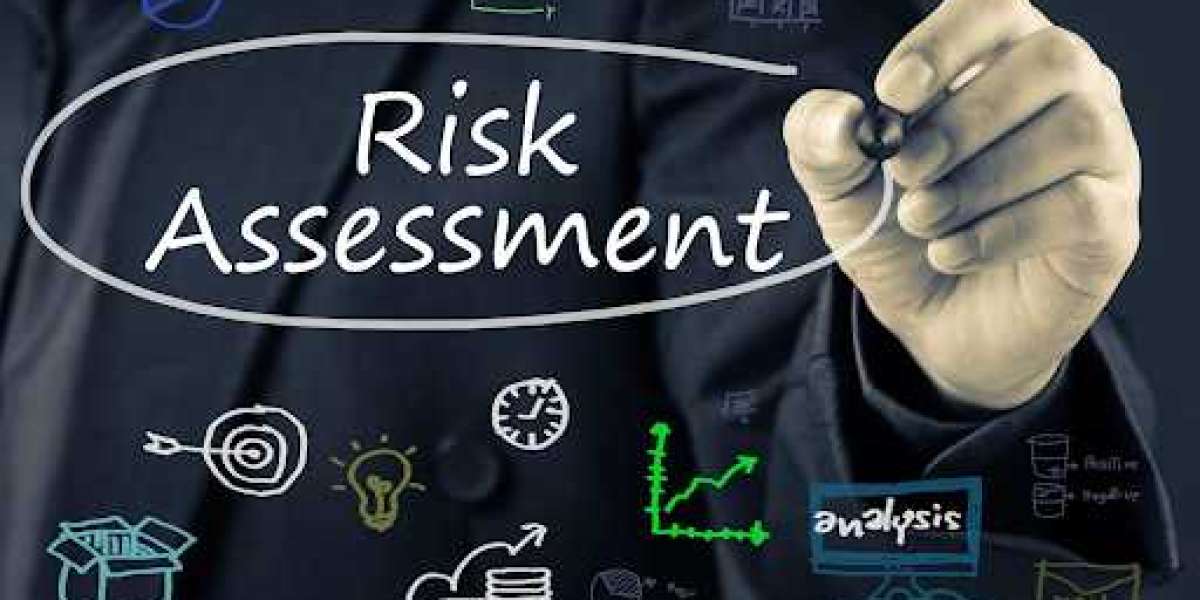In today's globalized economy, supply chain management has become increasingly complex, especially in countries like Germany, where high standards for sustainability and transparency are expected. Conducting a thorough supplier risk assessment is crucial to ensure that your supply chain is resilient, sustainable, and aligned with regulatory requirements. This article will guide you through the process of conducting a supplier risk assessment, highlighting its role in sustainable supply chain management in Germany.
Understanding Supplier Risk Assessment
What is Supplier Risk Assessment?
Supplier risk assessment is the process of evaluating the potential risks that suppliers may pose to your business. These risks can be related to financial stability, compliance with environmental and social standards, ethical practices, or operational reliability. In Germany, where sustainability and corporate responsibility are highly prioritized, understanding and mitigating these risks is essential for maintaining a resilient and ethical supply chain.
Why is it Important for Sustainable Supply Chain Management?
A robust supplier risk assessment is a cornerstone of sustainable supply chain management. By identifying and addressing risks early on, companies can prevent disruptions, ensure compliance with German and EU regulations, and maintain their reputation as responsible businesses. This is particularly important in Germany, where consumers and stakeholders expect companies to uphold high standards of environmental and social governance.
Steps to Conduct a Supplier Risk Assessment
1. Identify Key Risk Factors
The first step in conducting a supplier risk assessment is identifying the key risk factors that could affect your supply chain. In Germany, these factors often include environmental impact, labor practices, regulatory compliance, and financial stability. Consider the specific industry you operate in, as different sectors may face unique risks. For example, a company in the manufacturing sector may prioritize assessing the environmental impact of its suppliers, while a tech company might focus on data security and intellectual property risks.
2. Collect and Analyze Data
Once you have identified the key risk factors, the next step is to collect data on your suppliers. This can include financial statements, compliance records, audit reports, and information on their sustainability practices. In Germany, where transparency is highly valued, companies should ensure that the data they collect is accurate and up-to-date. Analyzing this data allows you to assess the likelihood and potential impact of each risk, helping you prioritize which suppliers require the most attention.
3. Engage with Suppliers
Effective supplier risk assessment involves direct engagement with your suppliers. In Germany, this engagement should be collaborative, with the goal of building long-term relationships based on trust and shared values. Communicate your expectations regarding sustainability and risk management, and work with suppliers to develop strategies for mitigating identified risks. This collaborative approach not only helps reduce risks but also strengthens your supply chain’s overall sustainability.
4. Implement Risk Mitigation Strategies
After assessing the risks and engaging with your suppliers, it’s time to implement risk mitigation strategies. These strategies may include diversifying your supplier base, requiring suppliers to adhere to specific sustainability standards, or providing training and support to help suppliers improve their practices. In Germany, where regulatory compliance and sustainability are critical, ensuring that these strategies are in place is key to maintaining a responsible and resilient supply chain.
5. Monitor and Review Regularly
Supplier risk assessment is not a one-time activity; it requires ongoing monitoring and regular reviews. In Germany, where regulations and market conditions can change rapidly, keeping a close eye on your suppliers’ performance and risk factors is essential. Regular audits, performance reviews, and continuous communication with suppliers can help you stay ahead of potential risks and adapt your strategies as needed.
Conclusion
Conducting a supplier risk assessment is a vital step towards achieving sustainable supply chain management in Germany. By identifying key risks, engaging with suppliers, implementing mitigation strategies, and ensuring ongoing monitoring, companies can build resilient and responsible supply chains. In a market where sustainability and compliance are paramount, a well-executed supplier risk assessment not only protects your business but also supports your long-term sustainability objectives.







